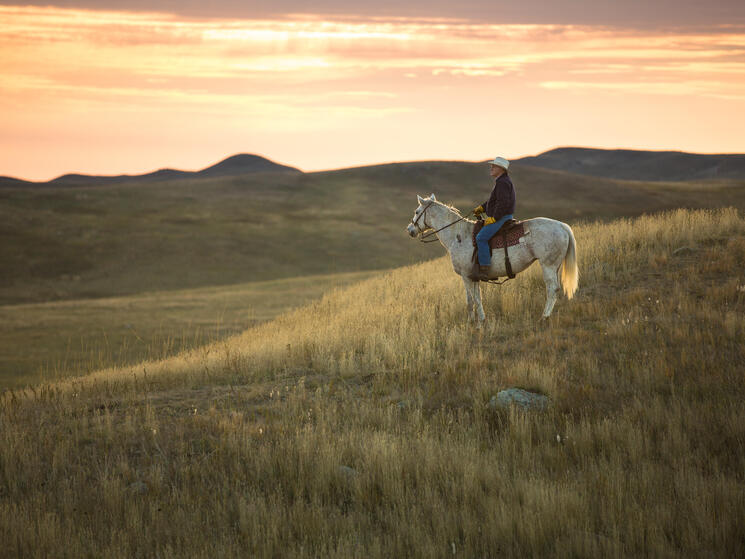
The words of Rural America — we are here!
- Date: 15 February 2019
- Author: Laura Nowlin
The following is an excerpt of a story featured in AGDAILY titled "The words of Rural America — we are here!"
I have read several stories recently that make life in rural America seem pretty dismal — the population is aging and decreasing, everyone is poorly educated and addicted to drugs, and the land is either not accessible to the public, or it is being destroyed by crops and cows . I wonder how much time those journalists spent in rural America before they wrote those stories? Any places that matter take a time investment to understand.
Well, I haven’t just visited the “flyover” states, I live here — five generations of my family have lived in the same central Montana county. I can’t speak for all of rural America, but I can speak about this place, and I would like to challenge the stereotype.
My husband and I have two children, and we chose to raise them in rural America. We left good-paying “regular” jobs to live and work in the country. We read a lot of children’s books, and one of our favorites is Horton Hears a Who. I think often of those Whos and how they united to yell as loud as they could, “We are here! We are here! We are here!” for someone to hear them.
There aren’t many of us out here — 500 people in all of Petroleum County. We are spread out, and we work full-time jobs (sometimes several jobs). We are mostly farmers and ranchers, teachers, and local government staff. We are not journalists, marketing directors, or graphic designers — it is hard to gather together to be loud enough to tell our own story. But, we have a story to tell...

...We are passionate about our land. This includes the public land where we graze our cattle and the private land that has sometimes been in families for over 100 years. Most of Petroleum County is grassland or the Missouri River Breaks — land that is not suitable for growing crops, so instead, most of us raise cattle.
The grasslands evolved with grazers. The two are codependent on each other and the grasslands need a large herbivore grazing it just as much as the cattle need the grasslands. When a cow grazes, she chomps off part of the plant, which allows it to regrow. When a plant does not have the opportunity to regrow, it becomes decadent — old growth dies and clogs out any chance for new growth to happen. The wildlife, such as deer and antelope, don’t graze this old, dead grass. Cattle hooves break up plants and create litter that covers the ground — this catches water and helps plants to regrow. And, finally, cows poop and pee — the best form of natural (and free!) fertilization out there. Grazing is part of the whole system that enhances both the soils and everything that is below ground, as well as the grasses and other plants above ground.
Ranchers provide, “ecosystem services.” This means that when we use good land management practices, we provide benefits to the land from which all of society benefits. Healthy grasslands, which can be achieved through cattle grazing, provide ecosystem services like carbon sequestration, water filtration and water storage, open spaces, and wildlife habitat. The beauty of using cattle to graze the grasslands is that they can be managed to address the needs of the land. For example, a noxious weed infestation can be grazed at a certain time of year to get it under control. Where buildup of plant material has happened, grazing that buildup can keep fire danger managed to a more natural level. Studies of grassland songbirds have shown that some of these birds need short grasses, and even prefer bare ground, at certain times of the year. Ranchers can graze their cattle through pastures on a rotation that benefits these declining bird populations.
To read the full story, visit AGDAILY.